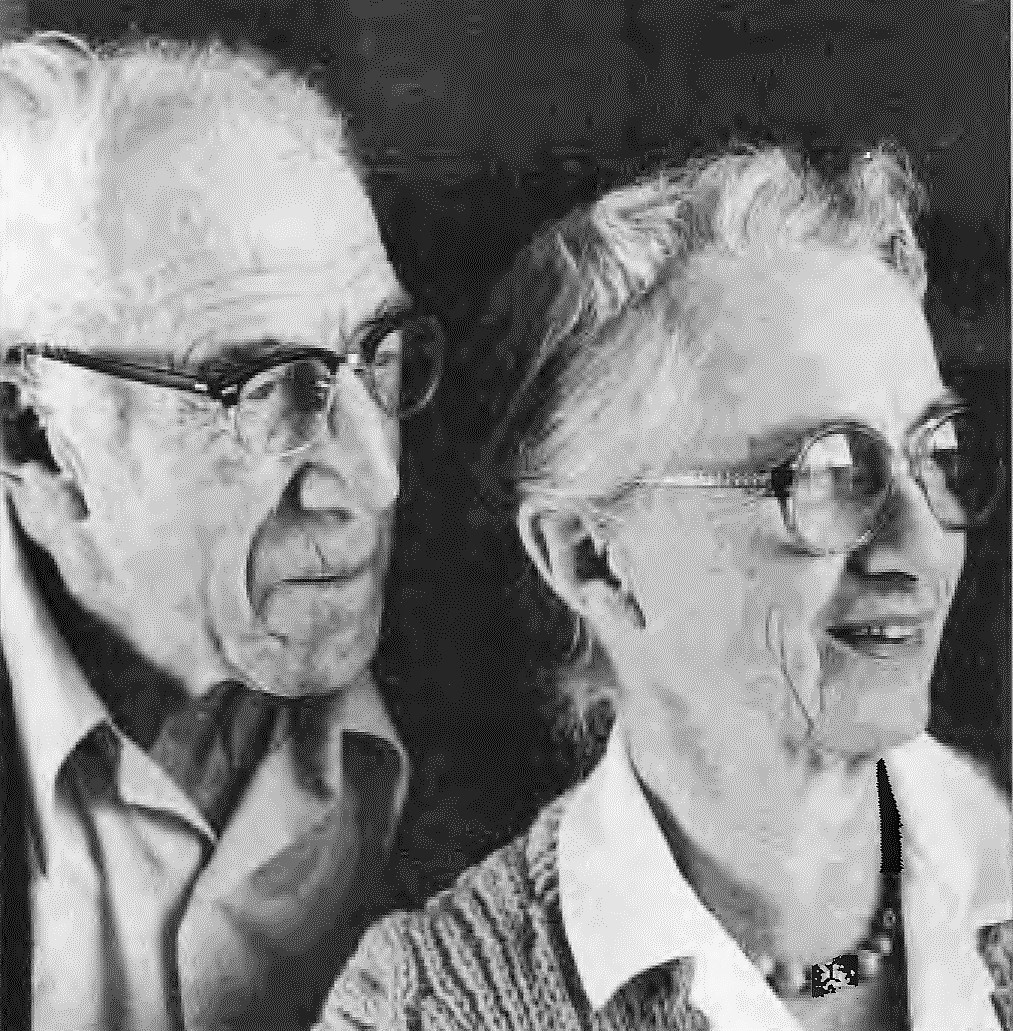Ellsworth (“Dutch”) and Mary Barnard’s pace quickened, and not only because of the cold. We had crossed the boundary of High Ledges Wildlife Sanctuary, the 400-acre preserve in the Berkshire Mountains that they donated to the Massachusetts Audubon Society in 1970, and their enthusiasm for their surroundings was palpable—and contagious. Brilliant red berries hung from black alders. Club mosses stood erect in the snow like tiny Christmas trees. The Barnards pointed out these and many other things to me with a kind of quiet pride, a gentle air of proprietorship that comes from knowing a particular patch of earth better than anyone else in the world.
Suddenly Dutch bounded off the path to investigate a bird’s nest, his boots noisily crunching the snow. “Chestnut-sided warbler,” he called out with satisfaction. There are still people who know every bird’s nest and every winter tree bud and every animal track at a glance, not because they are scientists but because they have lived with the land for a long time with open eyes and ears. Dutch and Mary Barnard are naturalists of this sort. Their encyclopedic knowledge of the flora and fauna of High Ledges comes naturally.
Gradually, hints of a spectacular view became tantalizingly visible through the leafless forest. This did not dilute, however, the pleasant shock of arriving at the granite outcrop known as the High Ledges, with its sudden vista of a broad, curving valley threaded by the Deerfield River and backed by layers of bluish mountains rising to the apex of the scene, Mt. Greylock, the highest point in Massachusetts.

Dutch and Mary Barnard built their simple wooden house under native red pines at the High Ledges in 1952. They purchased the original 60-acre tract in 1940, Mary explained, “because we needed some roots. We moved around a great deal and we needed to have a place to come home to.” Dutch’s long career as a professor of English led him to eight universities and colleges, beginning with the University of Massachusetts at Amherst in 1930 and ending there in 1973. The Barnards met at U. Mass. where Mary took Dutch’s freshman composition course, and have been married for 48 years.
High Ledges attracted the Barnards not only for its beauty but also for its proximity to the place where Dutch grew up, the family farm originally settled by his great-great-grandfather in 1770. His father, who raised milking shorthorn cattle and apples, and his mother, who used to take him for walks to see spring wildflowers, both encouraged his early love of nature.
Mary and Dutch first contacted the Massachusetts Audubon Society about donating High Ledges in the late 1950s. Then-director Alan Morgan urged them to acquire more land with an eye to the future sanctuary’s ecological diversity and integrity. As opportunities arose, they painstakingly added tract after tract until they had an intact preserve of some 400 acres that included wildflower-rich swamps, a beaver pond, meadows, and forests.
Mary vividly remembers the April day when the Mass. Audubon acquisitions committee came to inspect the site: “It was so dismal and foggy that you couldn’t see a thing.” Then the clouds lifted and revealed their magnificent view for a few moments before closing in again. “It was just as if we pulled a curtain aside,” she laughed.
After paying off all the mortgages on the land and the house, the Barnards donated the property in 1970 with the understanding that they could continue to use the house. From late May until early October they live at High Ledges full-time, maintaining the trails of the unstaffed sanctuary, which is open May through November to the public, and occasionally giving tours. In winter they come up from their home in Amherst every week or so to check on things; when the snow gets too deep to walk in, they snowshoe.
Not surprisingly, the house at High Ledges has a large picture window. “There’s always something new to see,” said Mary, “always a change to notice.” Once they watched a gray fox approach the house, eat a few blueberries, and saunter on. Mary thinks her favorite birds might be the hermit thrushes and veeries that nest near the house. Chickadees come to their hands to feed, summer and winter.
Dutch and Mary are not given to elaborate explanations for why they donated High Ledges. They merely say exactly what they feel, simply put and fervently believed. “This place is too beautiful for any private person to own,” said Dutch. “We felt that it ought to be open for the public to enjoy and that it ought to be kept so that it isn’t developed.”
Their philosophy may be short on words, but it is long on action. Changes at High Ledges will always be those of a subtle and natural kind.
(For information about and directions to High Ledges, write to the Arcadia Wildlife Sanctuary, Box 266, Northampton, MA 01061.)
Photograph by A. Tiberio


